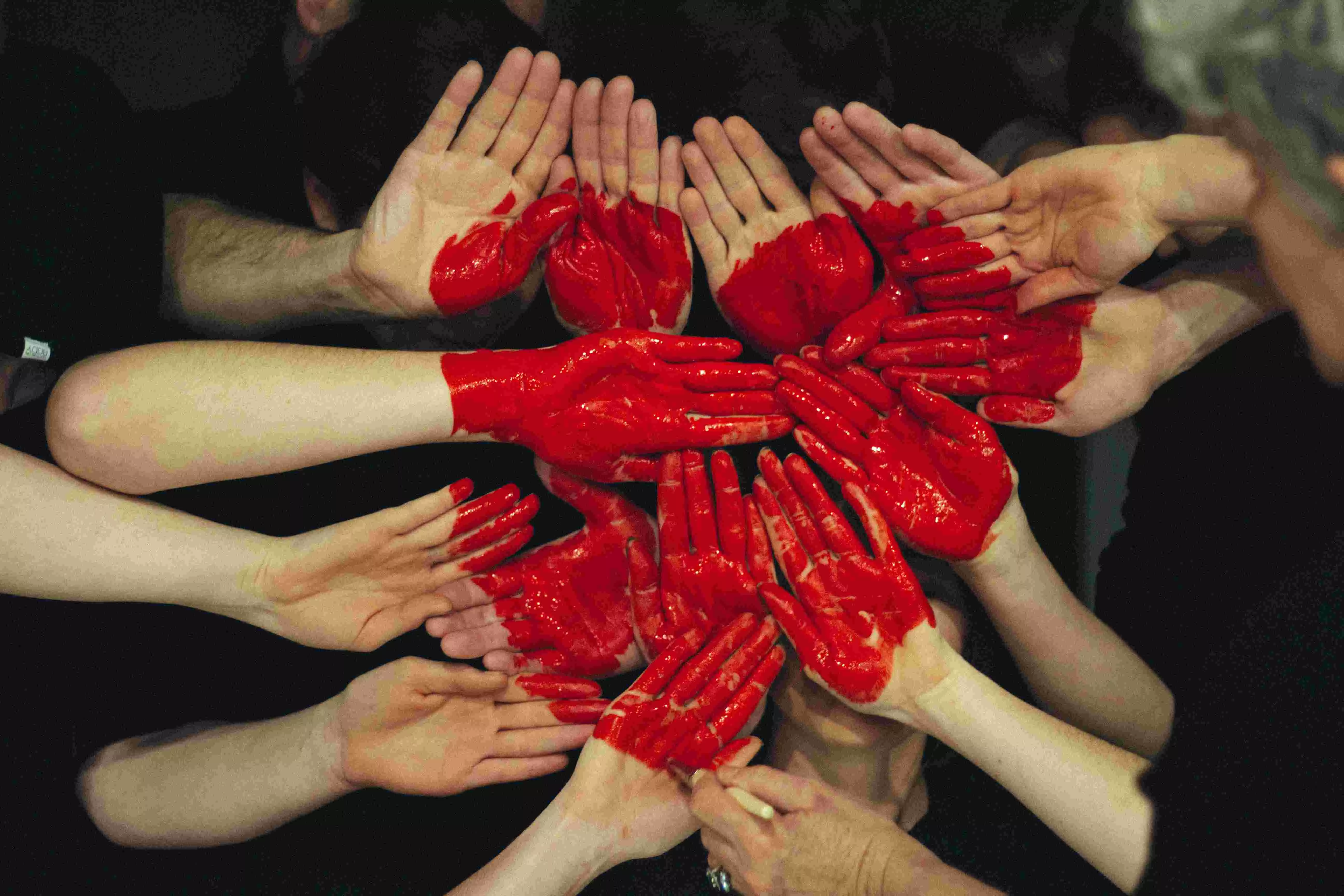The spirit of giving
Rich Indians still don’t give as much as they can — what would it take to light the philanthropic fire in our modern-day Scrooges?

‘Tis the season of giving — festivals are a time for celebration and also helping the less fortunate. No better time than now to spread some cheer and a reality check! India has been adding to its billionaire cohort. We rank third in the world boasting 185 billion billionaires; the US tops the list with 835 and China has 427 billionaires as per UBS’ recent Billionaire Ambitions Report. Our most minted moolah-makers have increased by 21 per cent as against the previous year and 123 per cent since 2015. And while we are ruled by cash-rich dreams and governed by a hustle culture, surrounded by unicorns and decacorns, with monetary worth of thousands of crores, India ranks despondently low when it comes to giving.
As per the Charities Aid Foundation’s World Giving Index 2019, India ranked 82nd among 128 countries; the lowest in South Asia. India’s position marginally improved to 48 as per the World Giving Index 2024. (FYI, the most charitable country in the world is Indonesia). I have long believed that while at the individual level, Indians can be charitable, as a community, we aren’t really an altruistic lot. The surveys note that religious donations instead of structured cause-related ones form a thrust of the generosity in Indians. Frankly, gods don’t need any more capital, but people do.
And at some level, the stinginess is understandable. Historically, we were a country of plenty and abundance — wealth, resources, human capital. Centuries of colonisation and economic servitude drained us of our affluence; famine, diseases, and a painful Partition further weakened us and compelled multitudes to fight for survival. Today, we are a leading superpower but a majority of the population still struggles for their livelihood and daily living. The discrepancy between the haves and have-nots, and the middle class that’s stuck between both realms, has only widened. Traditionally, albeit fallaciously, Indians also believe in saving, hoarding, and leaving inheritance for future generations. When getting is fraught with obstacles, how can giving be easy? But what of the crème de la crème and the richie riches of generational wealth? Why are they so parsimonious?
A closer look at the 2023 Global Philanthropy Tracker by the Indiana University Lilly Family School of Philanthropy holds some sobering numbers. India, categorised as a low-middle income group, had a philanthropic outflow of USD 13 million in 2020. By comparison, China, categorised as an upper-middle income country, had a philanthropic outflow of USD 103 million. Germany (USD 3,228 million), UK (USD 5,954 million), and US (USD 49,314 million) made the maximum cross-border outflows and potentially collaborated to solve global issues. But charity begins at home; so, let’s understand how benevolent were Indians within India. As per the Bain-Dasra ‘India Philanthropy Report 2024’, the Indian donor base is widening but CSR and HNI/affluent donations aren’t growing robustly. According to the report, private philanthropy upped 10 per cent in FY 2023 to Rs 1.2 lakh crore (USD 15 billion). The increase of 5 per cent annual growth was propelled by family philanthropy (15 per cent) and retail (12 per cent). The report noted that in spite of a swelling donor base, segments such as corporate social responsibility (CSR) and high-net-worth individual (HNI)/affluent donations grew moderately at 7 per cent.
The mandatory diversion of 2 per cent of profits towards CSR has encouraged India Inc. to give more and has grown from 30 per cent in FY 2018 to over 60 per cent in FY 2022. The proportion of non-BSE 200 companies also increased from 50 per cent in FY 2018 to 59 per cent in FY 2022. But even then, CSR spending didn’t clock massive growth recording a mere 7 per cent in FY 2023. And being more moneyed need not necessarily translate to more munificence. The report stated that HNIs and affluent individuals (over 0.7 per cent of net worth) had a greater predisposition to give versus ultra-high net worth individuals (0.1 per cent).
Interestingly, even after more than a century since his death, Jamsetji Tata is still the leading philanthropist of all time in the world, having donated USD 102.4 billion followed by Bill Gates (USD 75.8 billion), Warren Buffet (USD 46.1 billion), George Soros (USD 32 billion), and the only other Indian — Azim Premji (USD 21 billion). New economy wealth creators, Mark Zuckerberg and Mackenzie Scott are heralding hope of magnanimity from younger entrepreneurs and women leaders. As per the latest Edelgive-Hurun India Philanthropy List 2024, Shiv Nadar has once again emerged as the biggest individual benefactor in India increasing his generosity by 5 per cent to Rs 2,153 crore in FY 24; Mukesh Ambani and Gautam Adani at a distant Rs 407 crore and Rs 330 crore respectively.
As we near the end of yet another year, here’s what philanthropy can do for our country. It can contribute to uplift sectors such as education and healthcare, it can make worthy contributions to the field of science and other kinds of research and development. It can strengthen the social sector that’s always deprived of sufficient funds, tackle global challenges such as climate change or national ones such as enhanced participation of women in the workforce or poverty alleviation. Philanthropy can go a long way to make the dreams of over a billion come true and not just help a select few, dream of billions.
The writer is an author and media entrepreneur. Views expressed are personal



